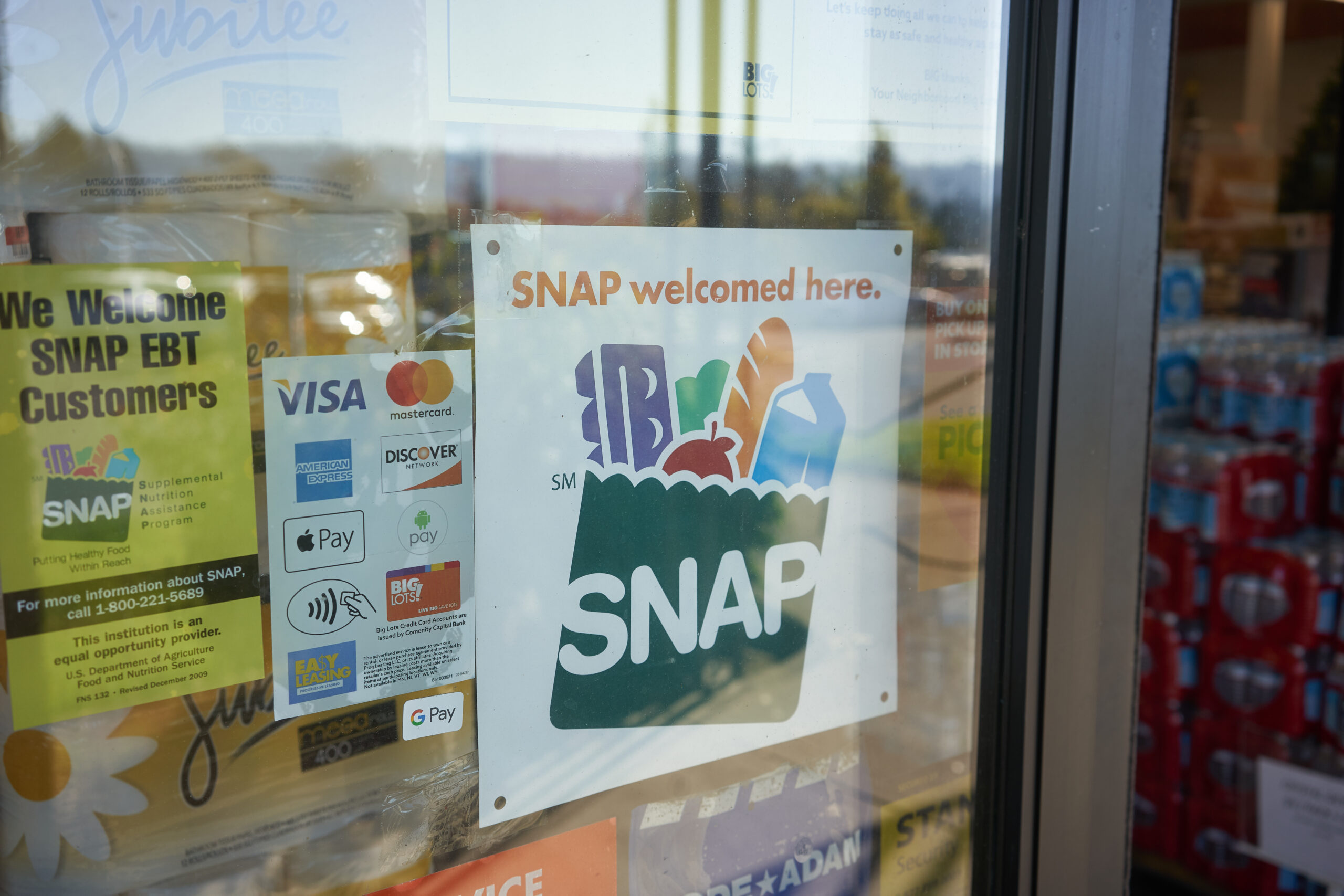Welcome to Our Research Archive
Search and filter by content type, issue area, author, and keyword
- ✕ Clear Filter
- Child Tax Credit (3)
- Cost of Living (1)
- Early Childhood (1)
- Earned Income Tax Credit (1)
- Economic Opportunity and Mobility (1)
- Economic Well-Being (3)
- Family (1)
- Family affordability (1)
- Featured (6)
- opportunity (1)
- poverty (2)
- SNAP (2)
- Temporary Assistance for Needy Families (TANF) (1)
- Trends and Measurement (2)
- Welfare (2)
- Workforce (1)

May 8, 2024
USDA Report Highlights Subjectivity of Food Insecurity Measure
Every year, the US Department of Agriculture (USDA) releases a report detailing the share of US households who are “food insecure”—defined as those that have “limited or uncertain access to…

April 18, 2024
The Real Story Behind Food Insecurity in the US
Hunger in the US is rising at an alarming pace – or is it? Last year’s annual report on food insecurity in the US led lawmakers to believe hunger is on the rise,…

March 26, 2024
Economic Characteristics of the Food Insecure
Abstract The United States Department of Agriculture annually measures food insecurity among US households to assess whether Americans have access to adequate food. Intuition suggests that food insecurity rates should…

March 21, 2024
Sugary Beverage Consumption Among SNAP Recipients
The House Agriculture Committee recently failed to pass an appropriations bill that would have authorized a pilot program to test whether nutrition-based restrictions in the Supplemental Nutrition Assistance Program (SNAP)…

March 12, 2024
Why Did Food Insecurity Increase from 2019 to 2022 in the United States?
Abstract In 2022, the United States witnessed a notable rise in household food insecurity, reversing a decade-long decline. Some observers have argued that the expiration of government relief efforts stemming…

March 11, 2024
How Many Forms of “Wage Insurance” Do We Need, Exactly?
…current safety net programs depicted below that assist low-income parents, along with major social insurance programs and even privately-funded benefits that specifically target non-workers. Source: Angela Rachidi, Matt Weidinger, and…

February 29, 2024
Addressing the False Claims from Industry Groups on Pilot Testing SNAP Restrictions
The House Agriculture Committee recently released an appropriations bill for fiscal year 2024 that sets aside $2 million to implement five pilot programs that would make certain unhealthy items ineligible…

February 27, 2024
Options for Improving the Child Tax Credit Provisions in H.R. 7024, the Tax Relief for American Families and Workers Act of 2024
H.R. 7024, the Tax Relief for American Families and Workers Act of 2024, passed the House on January 31, 2024 and now faces an uncertain fate in the Senate. The…

February 8, 2024
CTC Expansion Rooted in Desire to Roll Back Work-based Welfare
Modifications to the child tax credit (CTC) are included in H.R. 7024, the Tax Relief for American Families and Workers Act of 2024, which the House of Representatives approved on…

February 7, 2024
Solving Benefit Cliffs in SNAP
At their best, safety net policies in the US reduce poverty by spurring upward mobility among the most disadvantaged. This requires identifying disadvantaged families and scaling benefits according to their…